All About Moles
A mole is a small burrowing mammal that lives most of its life underground. The animal is well adapted to subterranean life. They are typically quite small in size, with most adult moles growing no larger than 8 inches in length from snout to tail. There are more than 42 species of moles worldwide, with the vast majority found in North America, Europe, and Asia.
Habitat
Moles are found mainly in areas with temperate climates. In the United States, they are found in eastern and western states but not in deserts or the plains of middle America. They can thrive at altitudes up to almost 15,000 feet but typically live at lower elevations. Common mole habitats include lowland and alpine meadows, coniferous and deciduous forests, coastal plains and dunes, marshes, streams, lakes, grasslands, and of course residential gardens and agricultural fields.

Appearance and Adaptations
Moles have relatively narrow, cylindrical bodies that can easily slip into tight spaces and underground tunnels. They are very easy to identify because of their characteristic long, hairless snouts. At a quick glance, they appear to have no eyes, but this isn’t the case – their eyes are just very small and hidden in their fur. When underground, they rely more on their acute senses of hearing and touch because their eyesight is quite poor. They look much different from other common burrowing pests like groundhogs and woodchucks.
Moles have short limbs, but their front paws are highly adapted for digging. A mole’s front paws are much larger and more powerful than its hind paws for this reason. Moles actually have polydactyl front paws, meaning that each of these paws has an extra thumb. While these thumbs are not opposable like a human’s, they do give the mole greater dexterity and stronger digging ability.
Moles also have another special adaptation which allows them to thrive underground and remain there for long periods. Their bodies actually produce a special type of hemoglobin, which is an essential protein in the blood of mammals that transports oxygen from the lungs to the rest of the body. This special hemoglobin makes moles much more sensitive to oxygen so they’re able to absorb more oxygen from the air compared to other mammals. This allows the mole to reuse exhaled air which is typically much richer in carbon dioxide than oxygen. With this adaptation, moles are easily able to survive and even thrive in environments with low levels of oxygen.
Behavior
With all these specialized adaptations, moles are well-equipped for underground life and are known to be aggressive diggers. They will dig temporary tunnels simply to get around below ground, but they also construct extensive permanent tunnels that can go as deep as 15 feet. Within these permanent tunnels, moles create specific areas for sleeping, nesting, and storing food.
As moles dig, they will often create molehills at the entrances to their tunnels. Molehills are created by the excess dirt that is removed as moles dig out their extensive tunnel networks. Some mole species will construct massive above-ground molehills. The European mole is known to create molehills that dwarf those of all other mole species, with some reports estimating that a single molehill can contain more than 1,500 pounds of soil. That said, most
mole species build only small molehills less than a foot in height and width.

Diet
A mole’s diet consists mainly of insects and small invertebrates. The animal’s favourite food is by far the earthworm. They are also known to eat small mammals like mice, seeds, and fungi. Contrary to popular belief, moles almost never eat plant roots and bulbs. Some amphibious mole species will also eat small fish and amphibians like frogs.
Moles also have another unique adaptation which helps them capture their favorite prey. Mole saliva actually contains a specific toxin that will paralyze earthworms. Using their saliva to immobilize them, moles will often take the still-living worms underground into their extensive tunnel networks for storage in a special pantry tunnel. In some cases, mole tunnels have been found with hundreds of worms stored inside for later consumption.
Damage They Cause
Moles are well-known pests that burrow aggressively. It’s common for them to wreak havoc in residential gardens because they dig so extensively and so often. Moles are also known to damage agricultural fields and equipment because they dig up dirt and spread it around planted fields. This can bury budding crops and even break machinery because lots of rocks are often exposed. Molehills also cause damage in their own right. These large piles of dirt can damage lawns, suffocate crops, and damage plant root systems. With that said, you should know that moles also do some good for crops and gardens. They rarely actually eat plants – most of the damage they cause is simply due to their burrowing habits.
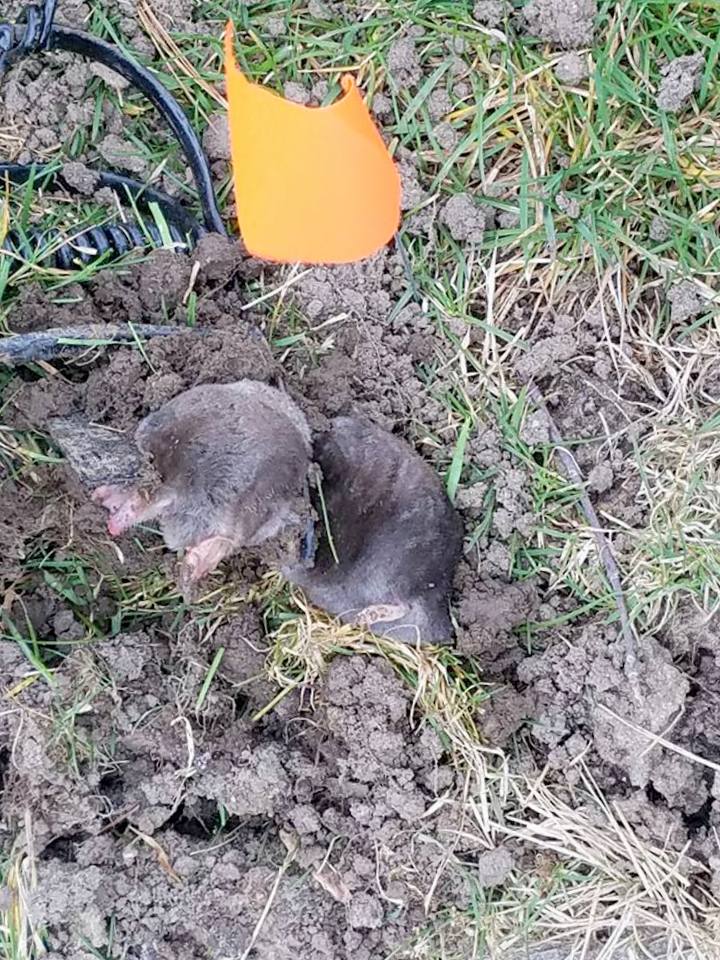
In doing this, moles help to aerate the soil. They also prey on harmful insects like slugs which can damage plant life. Even so, in many cases, moles do much more harm than good and it’s common for these animals to be exterminated or relocated.
Select Your Animal

Raccoons
Raccoon Removal Information & How-To Tips

Squirrel
Squirrel Removal Information & How-To Tips

Opossum
Opossum Removal Information & How-To Tips
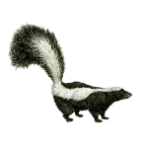
Skunks
Skunks Removal Information & How-To Tips
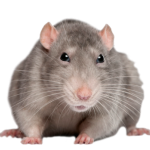
Rats
Rat Removal Information & How-To Tips
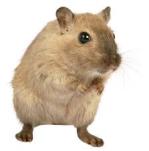
Mouse
Mouse Removal Information & How-To Tips
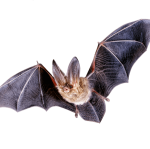
Bat
Bat Removal Information & How-To Tips

Bird
Bird Removal Information & How-To Tips

Snake
Snake Removal Information & How-To Tips

Beaver
Beaver Removal Information & How-To Tips

Mole
Mole Removal Information & How-To Tips
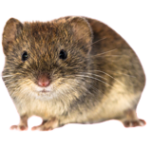
Vole
Vole Removal Information & How-To Tips

Gopher
Gopher Removal Information & How-To Tips
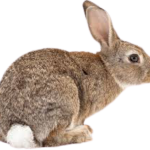
Rabbit
Rabbit Removal Information & How-To Tips
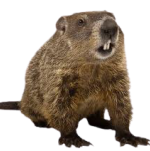
Woodchuck
Woodchuck Removal Information & How-To Tips
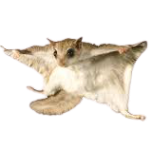
Flying Squirrel
Flying Squirrel Removal Information & How-To Tips

Chipmunk
Chipmunk Removal Information & How-To Tips
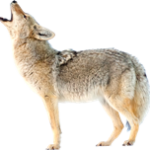
Coyote
Coyote Removal Information & How-To Tips

Fox
Fox Removal Information & How-To Tips

Wild Hog
Wild Hog Removal Information & How-To Tips
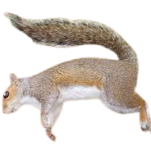
Dead Animal
Dead Animal Removal Information & How-To Tips